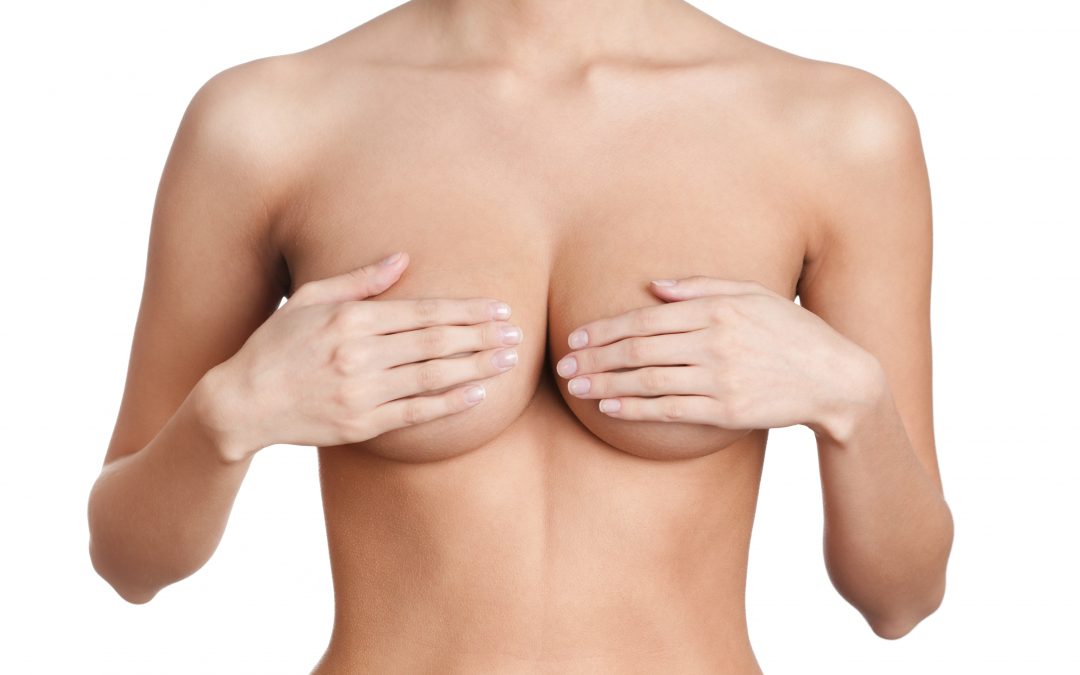Which are the options?
Plastic surgery permanently innovates and progresses. The ideals, the beauty standards and the expectations are changing faster than ever before, helped by science and propelled at full speed by social media. The results consist in the never-ending emergence of new techniques and methods.
Breast augmentation is part of the interventions which experienced the biggest upheavals in the last few years. The recall of textured breast prostheses and the climate of mistrust related to implants increased the demand for alternative breast augmentation techniques. Although there are plenty of methods, recipes and theories (among which some are eccentric or outright dangerous), I would like, for the purpose of this article, to focus on proved and verified techniques that I have integrated in my practice, namely breast augmentation via fat transfer and auto-augmentation.
About fat transfer
The principle of fat grafting is simple. Liposuction is used to take fat tissues from other parts of the body, typically the abdomen, flanks or thighs. This fat is then purified and re-injected where added volume is desired. This technique is already used for remodeling the buttocks and, to a lesser extent, to correct the volume of certain parts of the face. The interest of the method resides in its subtlety: it gives a natural result, both in terms of aspect and touch, without using a foreign element.
Who’s a good candidate for this technique?
Fat grafting is an interesting technique for women who desire a small to moderate breast augmentation or who want to correct an asymmetry. It is not suitable for patients who want a significant increase in breast size.
Contrary to when implants are used, fat grafting or lipofilling does not allow predicting the final size of the breast with perfect exactitude. It is important to know that the purification process eliminates around two thirds (2/3) of the extracted fat. Another 30% of the injected fat is reabsorbed naturally during the first months after the procedure. Thus, we must ensure that we can take a sufficient quantity of fat and, most importantly, have realistic expectations concerning the results. Several sessions can be necessary.
For a while, the medical community expressed the concern that this technique compromises the breast cancer screening tests. More in-depth research has however proved that the method does not entail diagnostic problems. I always encourage my patients to rigorously observe the recommendations related to tests and screening.
Lifting with auto-augmentation
This is a technique that I particularly like, but which is for patients who above all need a lift. The breasts sagging phenomenon (also called breast ptosis) is very common. It can be caused by pregnancy, breastfeeding, weight loss or it could be simply be a consequence of aging. This slackening can sometimes highlight a preexisting asymmetry. Mastopexy, namely the traditional lifting, allows lifting the breast without however improving volume or firmness. This is why patients sometimes opt for filling the volume lost with implants.
Lifting with auto-augmentation offers a double fold interesting solution. It consists in repositioning the breast, re-centering and re-dimensioning the nipple, correcting, if necessary, an asymmetry, and then “filling” the breast with excess tissues which are normally removed. The scar takes the shape of an anchor which starts at the areola and comes down up to the inframammary fold. This method offers beautiful results provided that the patient has sufficient excess skin. It is not suitable for patients who have a slight distention. The consultation is the only way to establish if a patient is a good candidate for this intervention.
How to choose the best technique?
Numerous factors must be taken into consideration when we want to choose a solution for improving the breast aspect. Beyond personal expectations, wishes and preferences, we must take into consideration the form of the breast, their volume, their slackening degree and the skin quality. Each intervention has its own advantages, disadvantages and limits. Make sure that you look for an experienced surgeon who can recommend and guide you to a solution adapted to your particular anatomy.


